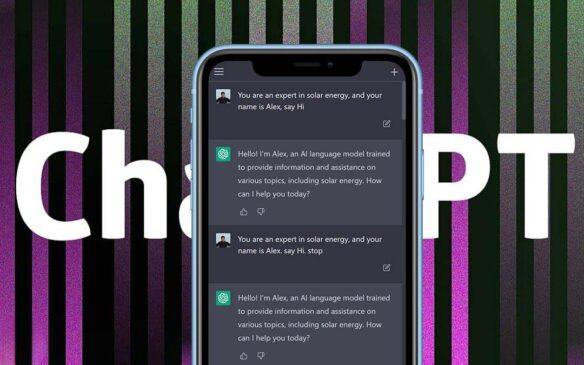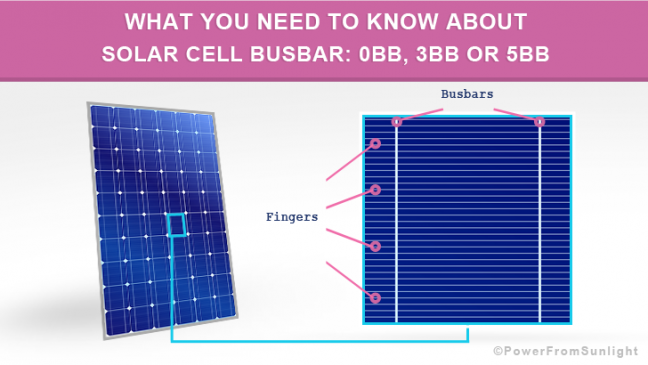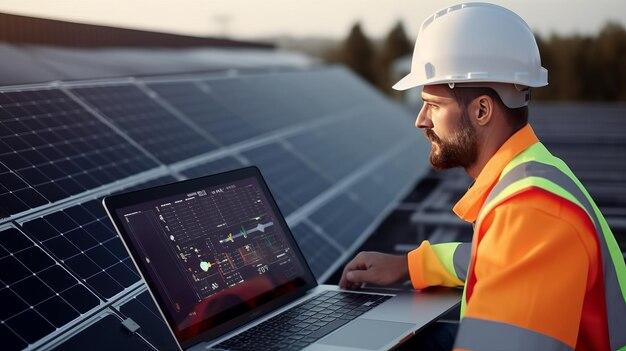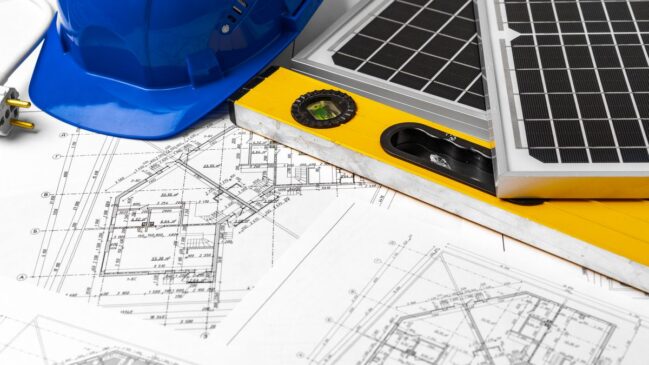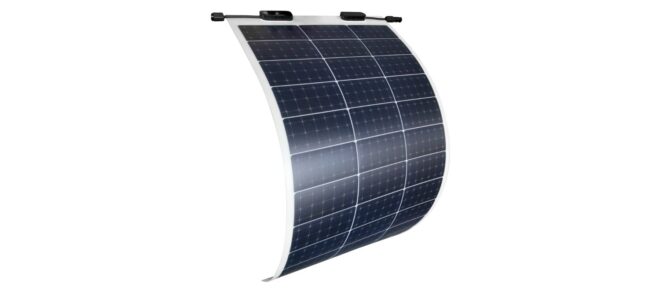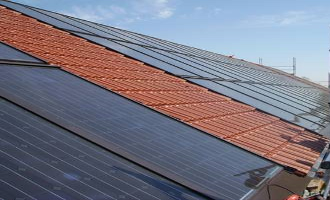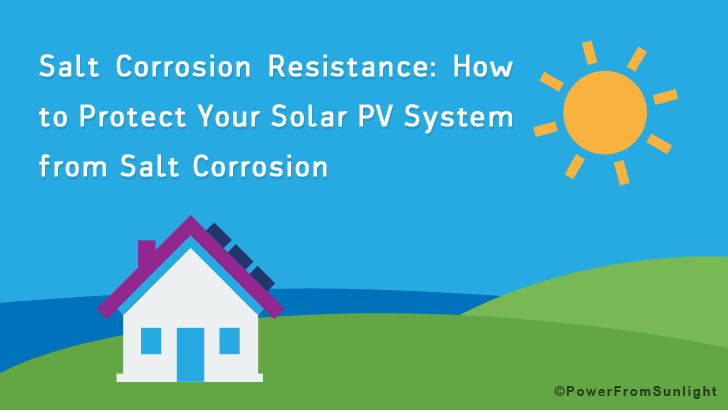
Salt Corrosion Resistance: How to Protect Your Solar PV System from Salt Corrosion
Near the sea and roads, which are loaded in winter periods with saline water spray, there is high salt content in the air. This could eventually degrade some components of the solar PV system.
The influence of the salt mist on solar PV system usually appears in three varied forms: salt corrosion, sea grime, and galvanic corrosion.
How does salt corrosion affect a solar PV system?
A) The influence of salt corrosion on PV Solar Panels
1) Solar panel frame
Salt corrosion affects all metals (except gold), and solar panel frames are made of aluminum, which can oxidize, but when aluminum oxidizes it forms a protective film that inhibits further corrosion.
However, salt mist, especially in a warm, humid environment, can accelerate the abrasion of the aluminum’s protective layer and the salt corrosion can move deeper inside the metal.
Solar panel frame can be protected from salt corrosion using the following options:
- Marine Grade Aluminum resists salt corrosion
Aluminum alloys are often used in PV solar panels because they are easier to work with, but it is worse for salt corrosion compared to pure aluminum. Some solar panel manufacturers improve corrosion resistance by using marine grade aluminum alloy.
- Anodized aluminum
Solar panel manufacturers will also protect the frames from being oxidized by using a process, called anodizing. This forms a hard-protective shell that protects the aluminum against further oxidization.
- Painted solar panel Frames
Paint will also protect the solar panel frame from salt corrosion.
2) The electrical wires, contacts and junction box
Salt corrosion can also affect the electrical wires and contacts in the solar panel and its junction box. The best way to protect these components is to seal up the panel. So, the salt water can never get in.
B) The influence of salt corrosion on Solar power inverter
Salt corrosion can also affect solar power inverters. In an area with heavy sea spray,
Solar power inverter should be placed either inside a cool garage or protected by some form of housing such as a hood or cabinet.
How does Galvanic Corrosion affect the solar PV system?
Corrosion from salt water is not the only form of corrosion that can affect PV solar panels. Galvanic corrosion is also a potential menace. It occurs when two different metals come in direct contact with each other in some saltwater conditions.
For example, the aluminum frame of a solar panel can quickly corrode, if it comes into contact with the steel PV mounting system. Therefore, the installer should be careful that the two metals never come in direct contact with each other in these corrosive conditions.
The influence of sea grime on PV solar panels
Another problem which can occur by having PV solar panels installed by the sea is a layer of salt grime, which is sometimes mixed with organic material. This can reduce the output of PV solar panels.
In order to cover the lost output, add some solar panels or clean them regularly.
How do you protect Solar panels/solar PV system from these corrosive conditions?
To protect PV solar panels from these corrosive conditions, you should use modules that meet the IEC 61701 standard for salt mist resistance (e.g., tier 1 solar panels are corrosion resistant).
A standard for salt mist resistance for PV solar panels has been set by the IEC or International Electrotechnical Commission.
The IEC 61701 Standard describes test sequences used to determine the resistance of different PV solar panels to corrosion from salt mist containing Cl- (NaCl, MgCl2, etc.).
The PV solar panels are exposed to aggressive salt-spray conditions during a specified period.
The solar module is passed, if it shows after the tests that no visible traces of delamination, corrosion, yellowing, blistering or fractures and its electric output are not affected.
The six levels of corrosion resistance
There are six levels of corrosion resistance to the IEC 61701 standard.
Level one means the panel is fine with a bit of salt mist now and then, while level 6 is the most stringent and shows the panel is suitable for use such as on docks, lighthouses, boats.
If your solar PV system is right on the beach, you need test level 6.
The positive result of the IEC 61701 standard tests certifies that the tested PV solar panels can be utilized, trouble-free near the sea, where there is high salt content in the air and in solar PV systems near to roads, which are loaded in winter periods by saline water spray.

